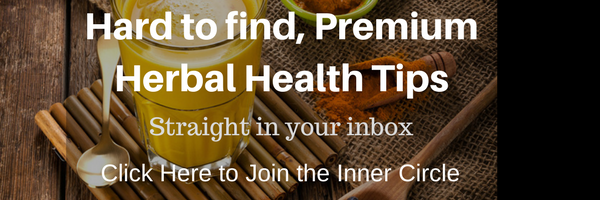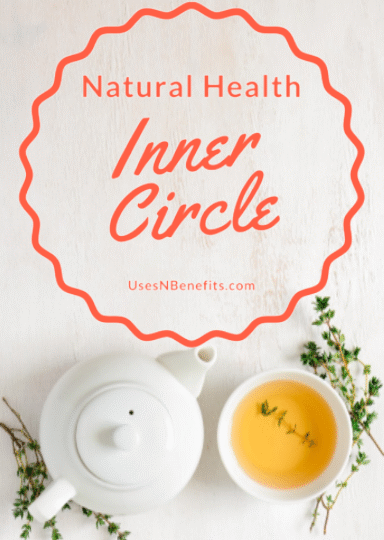Bet you thought bees are the only creatures to make honey. Well actually, there are honey wasps and bumblebees make a substance from nectar that closely resembles honey.
Humans have been collecting and consuming honey made by bees for over 8000 years.
- Ancient Olympic athletes used it to improve their recovery time by eating honey and dried figs.
- Ayurvedic medicine has used honey for over 4000 years in conjunction with other herbal compounds to enhance the benefits derived from them.
Where Does Honey Come From?
Nectar from flowers contains about 600 compounds. To make honey out of nectar, bees swallow it, digest it and then regurgitate it. Not very pleasant sounding, I know, so you are allowed to focus on two facts
1) bees make honey
2) it’s really good for you!

There’s no denying that honey and table sugar are basically the same. Both are made up of the simple sugars fructose and glucose. The calorie count, however, sets them apart.
Counting Honey Calories
The USDA advises that there are 304 calories in 100 grams of honey, 387 calories in granulated sugar and 380 in brown sugar. Breaking down the honey calories a bit more (for the calorie counters among us), we find approximately
- 13 calories in a teaspoon
- 64 calories in 1 tablespoon
- 86 calories in 1 ounce
- 1031 calories in a cup
That’s quite a bit when compared to some other foods, so why then is honey being touted as so healthy for you? Well, compared to sugar
- honey is denser and sweeter so you most likely will use less
- honey is only heat-treated to prevent yeast fermentation and crystallization (note: raw honey is left completely untreated) while granulated sugar is a very refined product
- honey retains its beneficial nutrients such as protein, fat and carbohydrates (plus vitamins, minerals and antioxidants) while sugar has been stripped of its other nutrients (it’s just sugar)
Some of the other benefits of the nutritious calories of honey include
- It can be used in the treatment of wounds and burns.
- It adds its own distinct flavour to foods.
- It is used as a treatment for coughs and sore throat.
- Honey contains flavonoids, a type of antioxidant (the amount increasing with darkness of the honey); antioxidants are vital for fighting the oxidative stress caused to cells by free radicals. This damage to the cells can lead to cancer and heart diseases.
- Apart for protecting against oxidative stress, honey is believed to inhibit the growth of cancer cells.
- Honey is scientifically proven effective in the treatment of seasonal pollen allergies.
- Bees add a chemical to honey that contains hydrogen peroxide. For this reason honey has antimicrobial properties and can kill certain bacteria.
- Honey aids digestion and it many studies show that it is helpful in the treatment of bacterial gastroenteritis and ulcers.
For these reasons and many others, honey truly deserves its title as a healthy natural sweetener. By making the switch to honey you can take advantage of all the goodness its calories provide and do away with the empty calories of sugar






